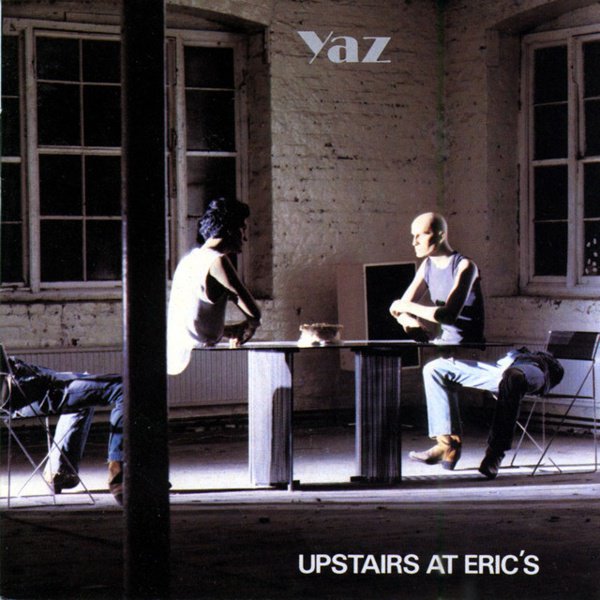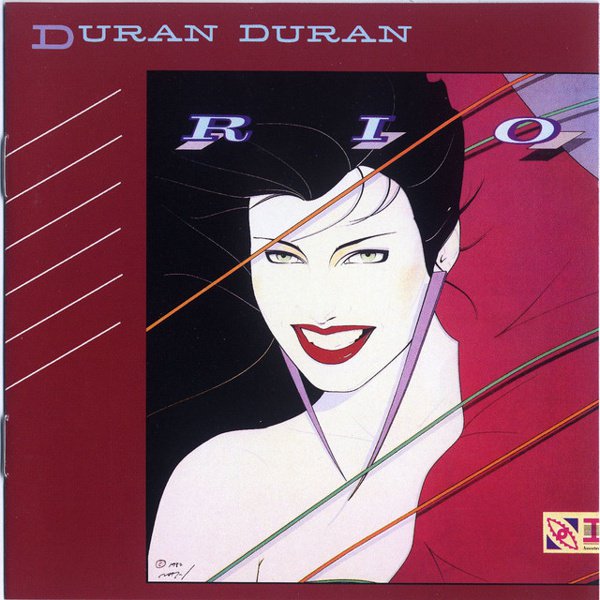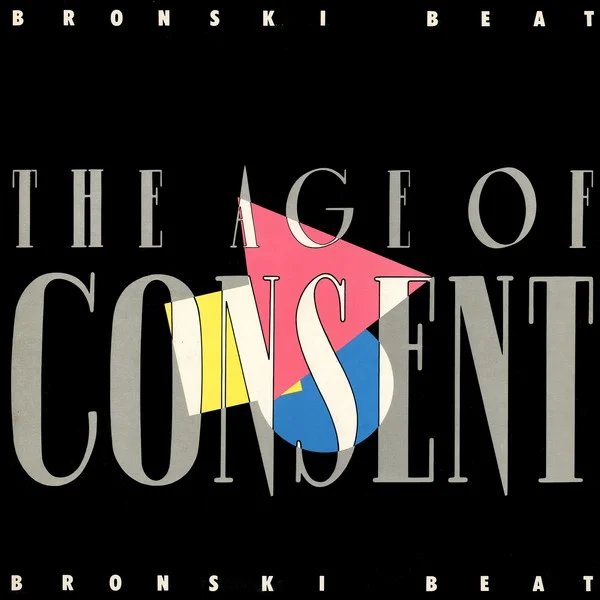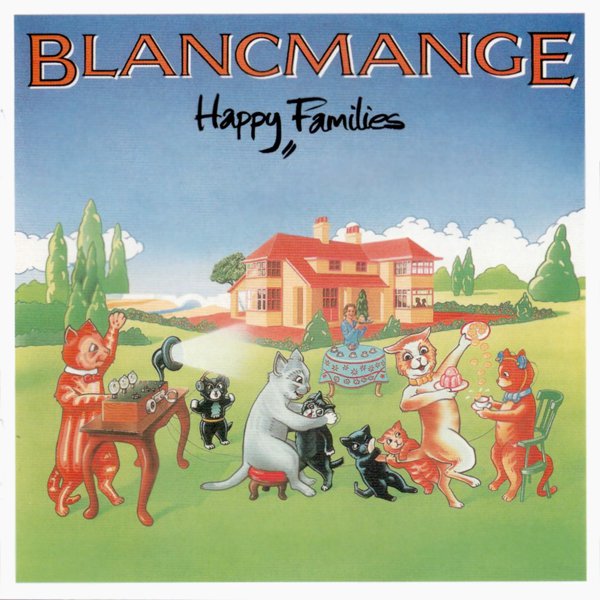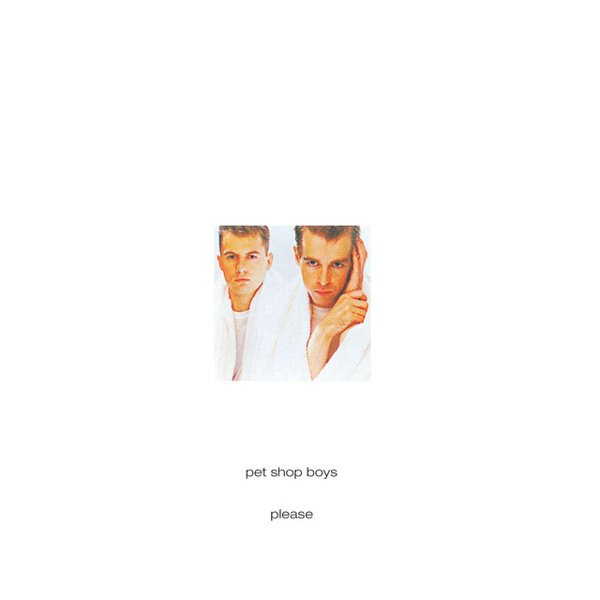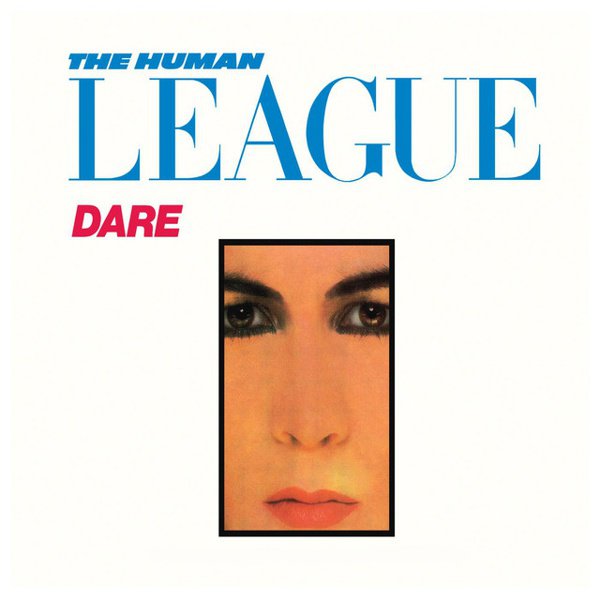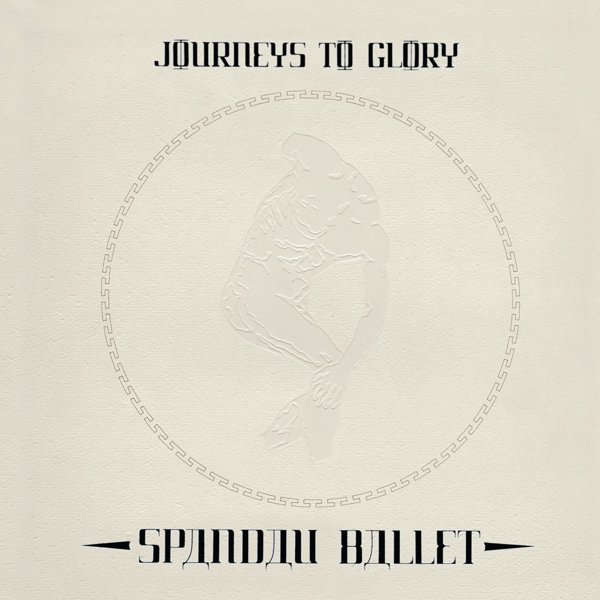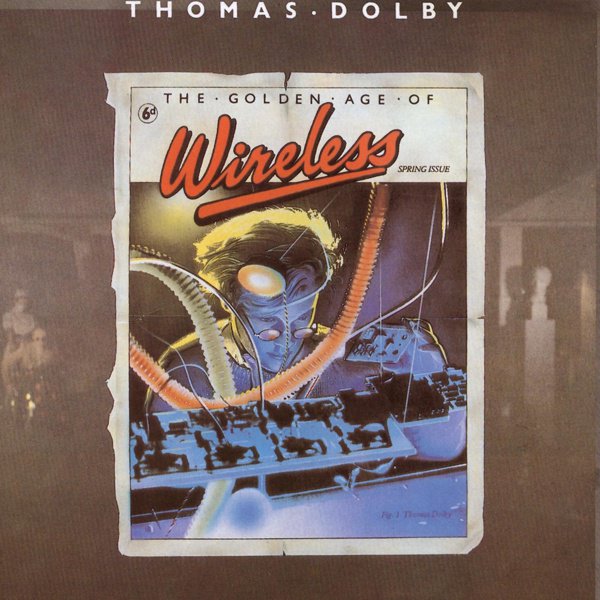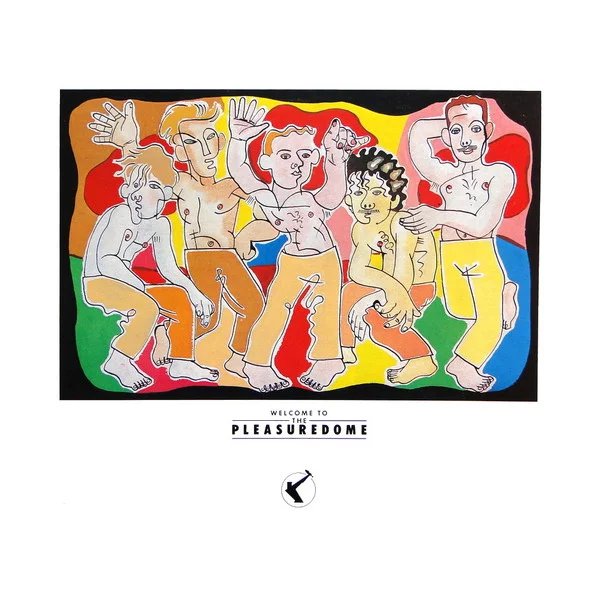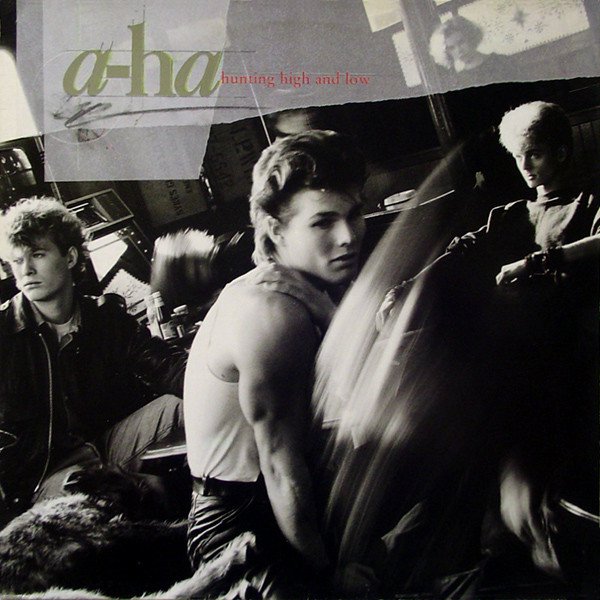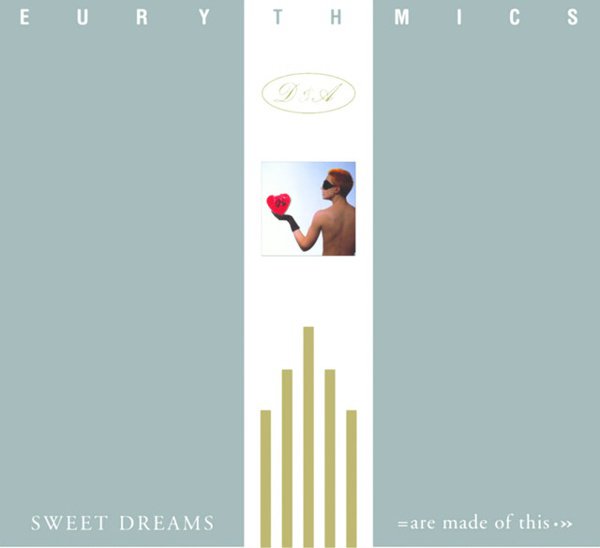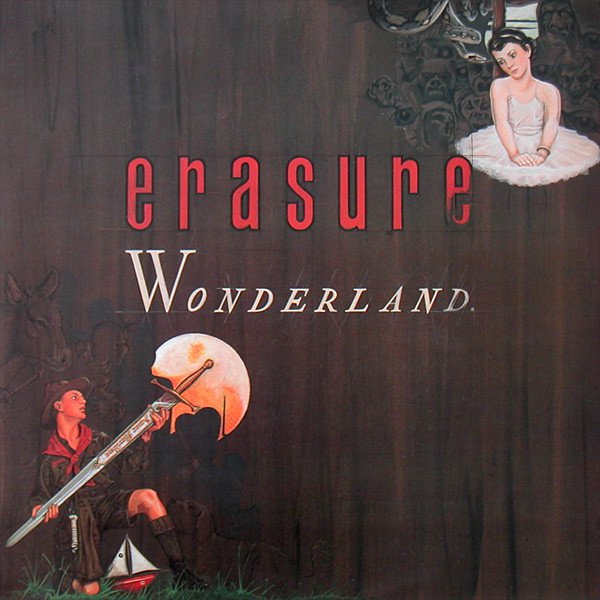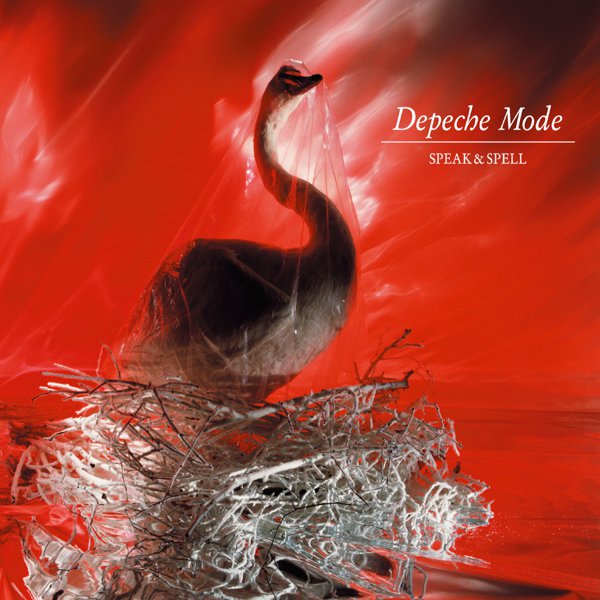By 1980 the UK had clearly become the center of a widespread international scene that combined well established trends in popular music with new possibilities in electronic instrumentation, particularly as the first wave of cheaper digital synthesizers began appearing for purchase. Both more portable as well as offering different sounds, these instruments in combination with any amount of homegrown electronic tinkering led to a range of acts from DIY home tapers to established studio professionals to get serious about what this could all mean for pop music, whether by designed intent or even by accident. Numerous young bands with ambition established either all-electronic lineups or integrated synths into prominent if not central parts of their approach, while veterans considered new ways to approach songwriting and performing to create their own breakthrough moments. Married to the rise of music videos as promotional tools, especially in America thanks to MTV, synthpop, still primarily but not solely a UK centered scene thanks to acts like Canada’s Men Without Hats and Norway’s a-ha making their own marks on the charts, began to become a dominant commercial wave for much of the 1980s, hitting an early peak in the decade’s first half as numerous acts charted big in both their home country and throughout the world.
Some bands like the Human League and Duran Duran turned into lifers, others were more flash-in-the-pan or only had one or two commercial hits while still creating memorable efforts with a long reach. But probably nobody best exemplified the course of synthpop’s rise as that of keyboardist and composer Vince Clarke, who in the space of five years was part of four separate foundational acts for the form. After starting in Depeche Mode and writing their earliest hits, he left to create a duo with Alison Moyet, Yazoo, scoring yet more smash singles and further helping show what the style could do. After Yazoo fell apart he did a brief irregular studio project with guest singers in the form of the Assembly — and that too resulted in an epochal hit, “Never Never” — before finally establishing a lasting partnership with Andy Bell in Erasure. That duo, along with the Pet Shop Boys and the continuing success of Depeche Mode — as well as a-ha, whose one major American hit obscured a lengthy chart dominance in the UK and Europe — extended the initial wave’s run through the end of the decade. Any number of musicians since have drawn on the period, style and songs to one degree or another worldwide, from techno and industrial acts to underground indie pop artists the world over, not to mention 21st century superstars like Taylor Swift and Rihanna.

